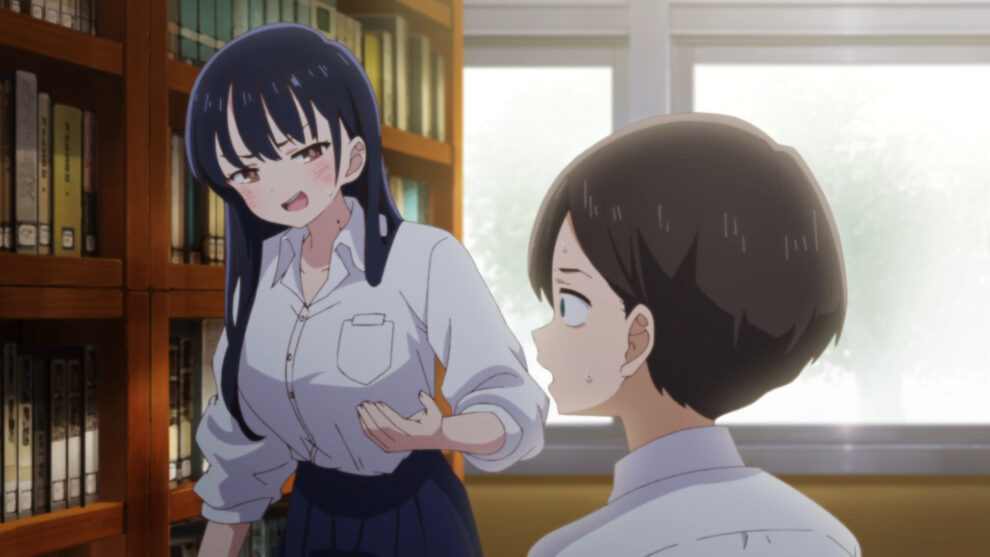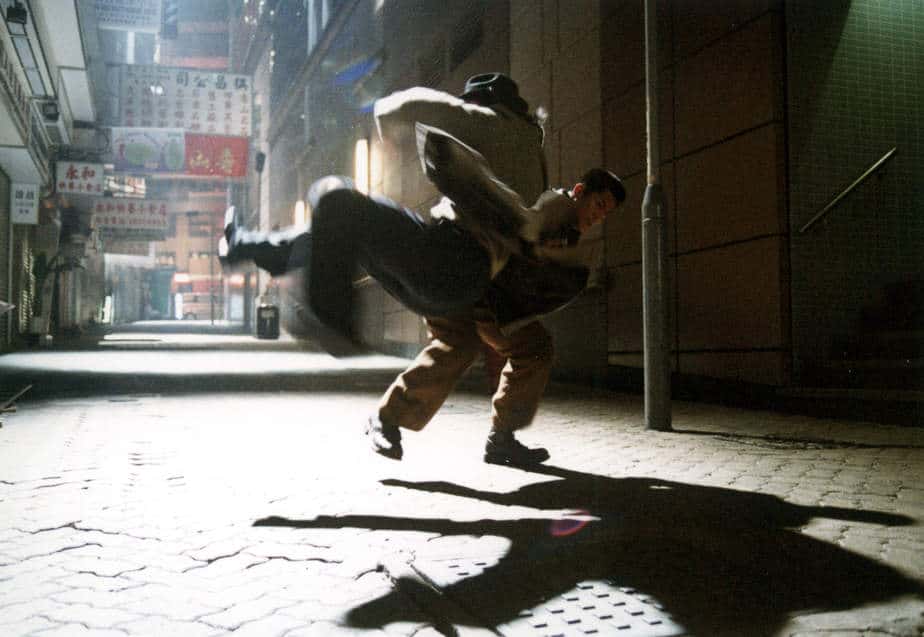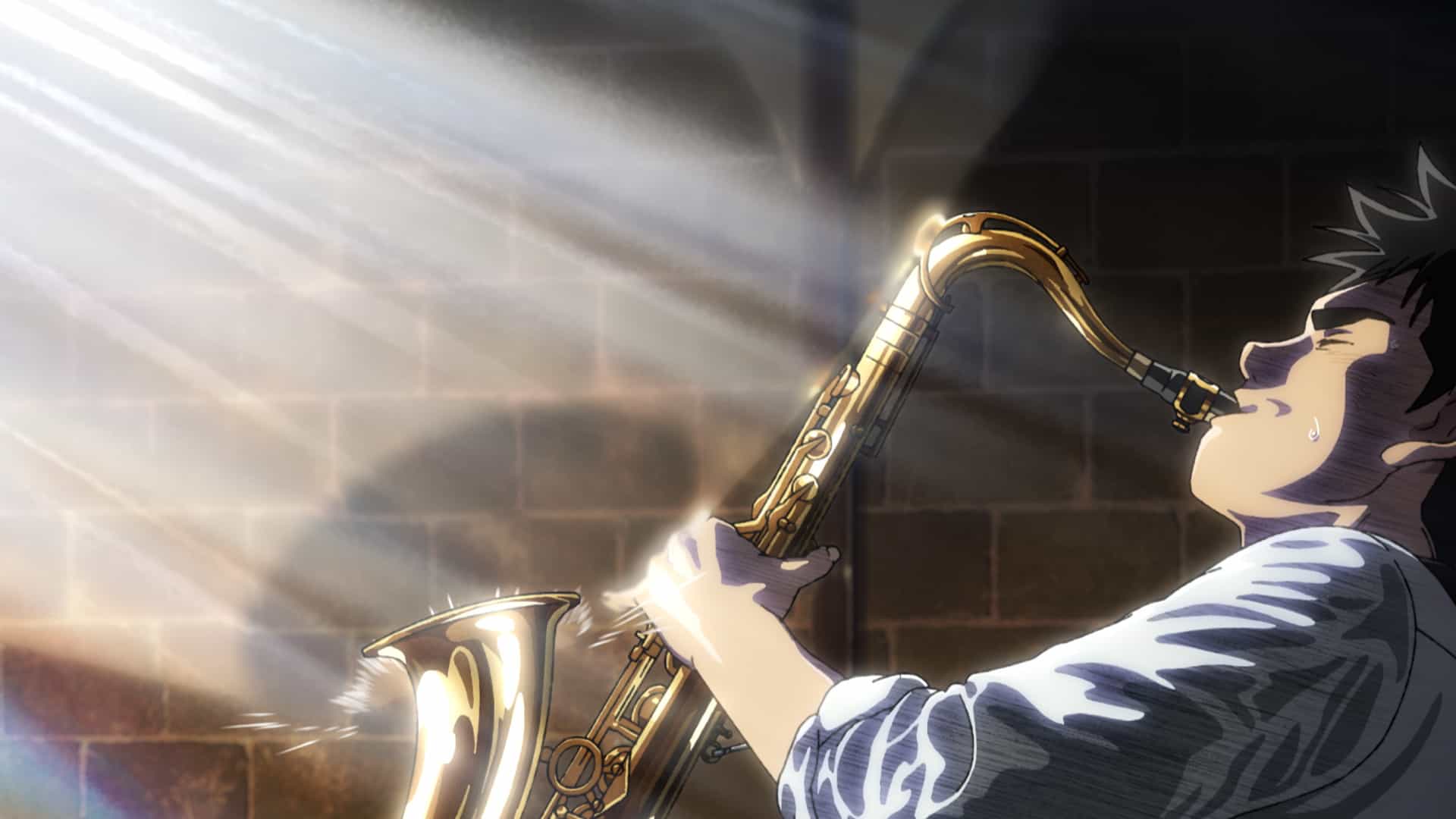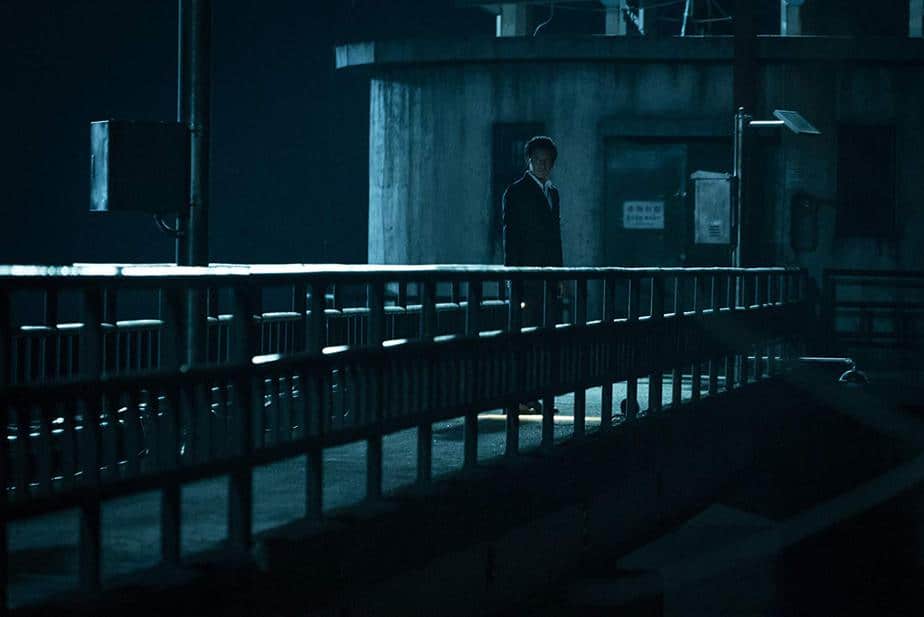Based on the homonymous manga written and illustrated by Norio Sakurai, “The Dangers in My Heart” anime is a rather different type of school drama, as it deals with characters that are some of the characteristic types found in Japanese schools (you can look for terms such chuunibyou, tsukkomi, gyaru etc) and a rather peculiar romance.
The first episode introduces us to the main protagonist of the series, middle schooler Kyotaro Ichikawa, who has delusions of murdering his classmates, and first of all, Anna Yamada, his rather tall classmate who is a magazine model and actress and the most popular individual in the class. Kyotaro even goes as far as staying by himself for long hours in the library reading about murder and human anatomy, until one day he stumbles upon Anna eating snacks also in the library, in a tendency that is later revealed to be due to her not wishing to aggravate her best friend Chihiro, who has allergies to a number of snacks. Very reluctantly, and through a series of misunderstandings and intense episodes, the two start coming closer together, although the nature of their relationship remains vague, at least from Kyotaro's point of view.
The rather interesting narrative is based on four, quite intriguing axes that truly push the majority of cliches of the teen drama/romance out of the door. The first one is the way Kyotaro begins as a personality, a somewhat emo-esque loner who cannot handle social relations due to his overall inability for communication and even more his own feelings. And even though the second part does not improve that significantly, his interactions with Anna, and particularly the way she pushes him out of his comfort zone definitely helps him grow and become a more wholesome person, at least compared to how he was before.
Check also this video
The second element is Anna's character, and the way the ultra stylish, beautiful and popular girl also has a clumsy side, is quite naive on occasion, and hides a rather sensitive soul that makes her “retaining” a guilt complex and exhibiting feelings of jealousy. At the same time, some of her reasoning remains a mystery, to a point at least. For example, it does become obvious that she likes Kyotaro and even considers herself a girlfriend of sorts after a point, but whether she planned the whole thing all along since her first appearance in the library, or if she is in general pretending to be someone she is not, is not exactly certain. This last part may be directed mostly from the way Kyotaro perceives her, not being able to fathom that a girl like her might be romantically interested in someone like him, but the fact remains that if, at some point, it was revealed that she saw him just a small brother, would not exactly be a surprise.
The third axis, and in direct conjunction with the two aforementioned, is the will-they-won't-they part, which, considering the above, is quite interesting, particularly because it can go in any direction, even more so since a number of suitors, even if most for Anna, gradually make their appearance throughout the 12 episodes of this first season.
Lastly, and actually in an element that gives the series its unique hypostasis is the realistic presentation of the people who are considered dysfunctional in school. In that fashion, apart from Kyotaro, there is a young man who is a manipulative womanizer, a couple of other boys who are rather open about their sexual preferences, while Chihiro and her relationship with Anna, which borders on the boyfriend-girlfriend canon (the term tsukkomi), emerges as interesting as the main one here. This aspect is also heightened by the fact that Chihiro is quite intriguing individually too, with the way she interacts with all the protagonists, and particularly the womanizer, being also quite realistic as much as sensitive.
One could say that Anna's actual perspective on everything that is happening is actually missing from the narrative, but this is also one of the points of Hiroaki Akagi's direction, to let her true nature only be presented through Kyotaro's eyes, thus retaining the aforementioned question about what is happening exactly.
In terms of artform, the anime is not exactly top notch. The background is mostly static, with the characters obviously drawn on top of it, in an approach that reminds, annoyingly, of visual novels and actually harms to overall sense the work by Shin-Ei Animation leaves regarding the movement of the characters. The red cheeks almost all protagonist seem to exhibit are also too much after a point, while the fanservice, particularly on the way some of the girls' breasts are portrayed, is over-the-top, although one could say that they abide to teenage boys fantasies. On the other hand, the overall character design by Masato Katsumata is pleasantly realistic, also for the attention given to the clothes everyone wears, with Kyotaro's gothic/emo combinations working particularly well. Anna, however, is where this aspect finds its apogee, with her standing completely out from the rest of the characters with her height, beauty, and the way she is dressed, which actually changes a number of times, always retaining something of a kawaii sexiness. Her difference with Kyotaro is actually part of the narrative, in probably the best technical aspect of the series.
Despite the overall unremarkable artform, “The Dangers in My Heart” context is enough to carry the series from beginning to end, while the story leaves a lot to anticipate for the second season, in another of the traits of Akagi's direction.















